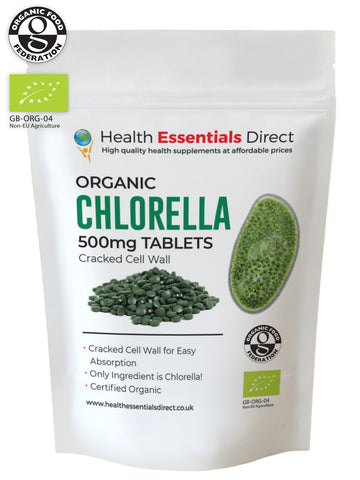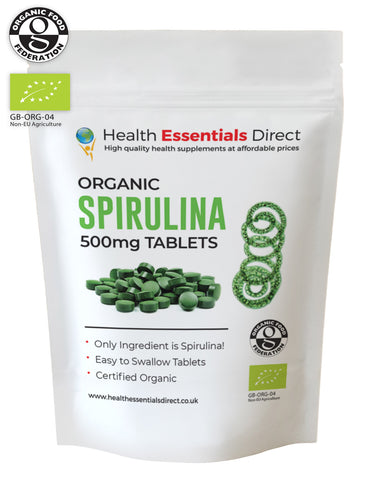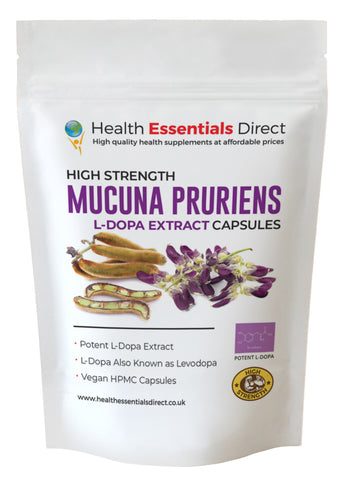Organic Fenugreek Powder
3Organic Fenugreek Powder
-
Certified Organic by Organic Food Federation
-
Made From Premium Fenugreek Seeds
-
Traditionally Used in Ayurveda
About Fenugreek
The fenugreek plant (Trigonella foenum-graecum) is a herbaceous legume that is native to the Mediterranean region and the western parts of Asia. Presently, it is also widely grown in northern Africa, central Europe, India, and China. It is classified in the Fabaceae family or as it is popularly called, the pea family. Some common names used when referring to this plant include bockshornklee, Greek hay, and bird’s foot. The fenugreek plant grows to heights of over 40cm upon attaining full maturity. It has a well-developed taproot system to help it absorb nutrients from the soil. It has light green compound leaves. The compound leaves have three leaflets that resemble a bird’s foot the reason for its popular name, bird’s foot. The leaflets are pubescent on their lower side. The fenugreek plant also produces light brown rhomboid seeds which have a strong smell. These seeds are enclosed in long and thin pods. These pods are the fruits of the fenugreek plant. Fenugreek is majorly cultivated for its seeds, but the forage also finds good usage from time to time. The seeds have a taste reminiscent of sugar that has been burnt or maple syrup. Upon harvesting, drying of the fenugreek seeds takes place followed by the grinding of the seeds to form fenugreek powder.
It is widely speculated that the use of fenugreek started at around 4000 BC. Ancient Egyptians burnt fenugreek leaves to make a sacred smoke referred to as Kuphi, which was used in embalming ceremonies. This was also used as incense in their dwellings. Whenever someone got burnt accidentally, they used fenugreek to lessen the pain and inflammation. Ancient Egyptians found it to be an effective colouring agent and used it to dye their wool yellow. Ancient Greeks and Romans revered this herb and used it regularly for various reasons. A concoction made from fenugreek seeds was used by women immediately after they had given birth to aid them in removing the placenta and recovering as quickly as possible. Ancient Indian sages state that the consumption of fenugreek helped mothers during the lactation period. Ancient Greeks were also fond of lacing their low-quality hay with fenugreek to improve its quality before feeding it to their livestock. This is where it obtained its famous name “Greek hay”.
Ancient Chinese herbalists prescribed fenugreek to people who had persistent swelling of their legs to help them recover. It was also believed that taking it regularly would help to strengthen one's limbs especially during such a stage as pregnancy. Fenugreek spread and later became very popular in the Mediterranean region. Ancient physicians from this region discovered, even more, uses for this plant as they continued to study it. They believed that taking fenugreek seeds with water would greatly aid in the proper settling of food in the gut. Extract from the herb was also quite popular amongst those who were experiencing premature baldness. Fenugreek was also used by the Jewish soldiers during their war with the Romans. It was mixed with boiling oil and poured on the walls surrounding the city. This made it slippery and difficult for the Romans to scale them.
- Please note it is against MHRA guidelines for us to talk about any potential health benefits for this supplement however a quick google search on the potential benefits and you may be surprised.
How to Use Fenugreek Powder
1 to 2 grams two or three times a day (1 teaspoon = 3 grams). Can be added to hot or cold water, in juices, added to smoothies or in foods.
Share this Product
- Reviews
- Questions
Still waiting for my product
still waiting! Long over due for delivery.
It is wonderful and effective
Good and will reorder when i fnish ot.







